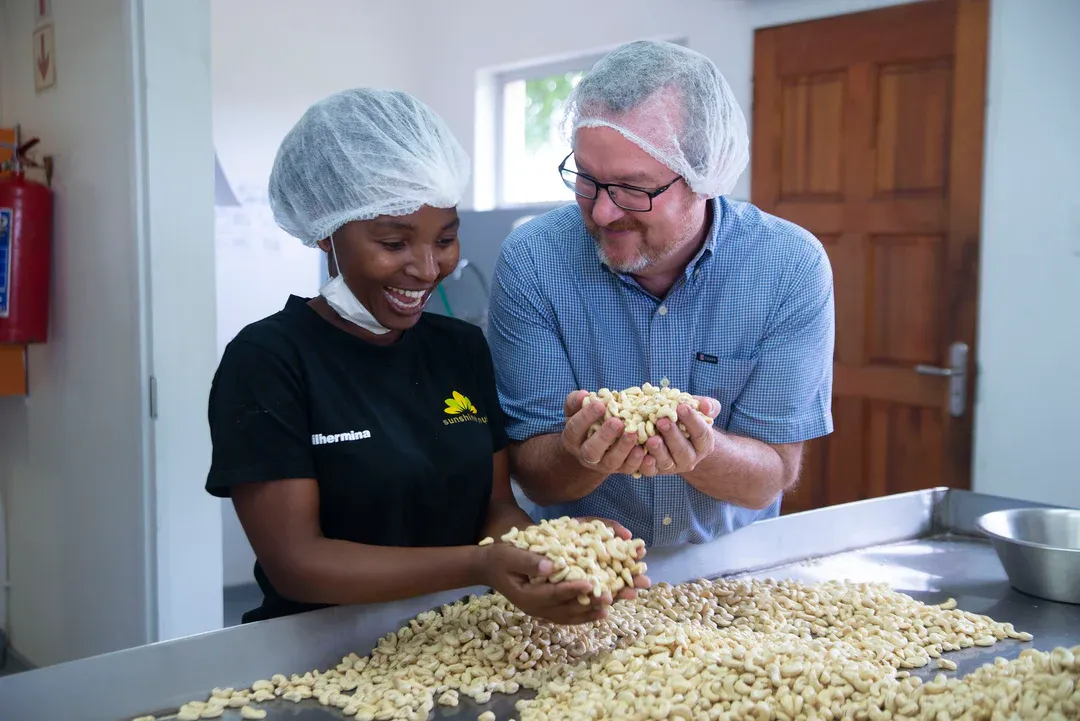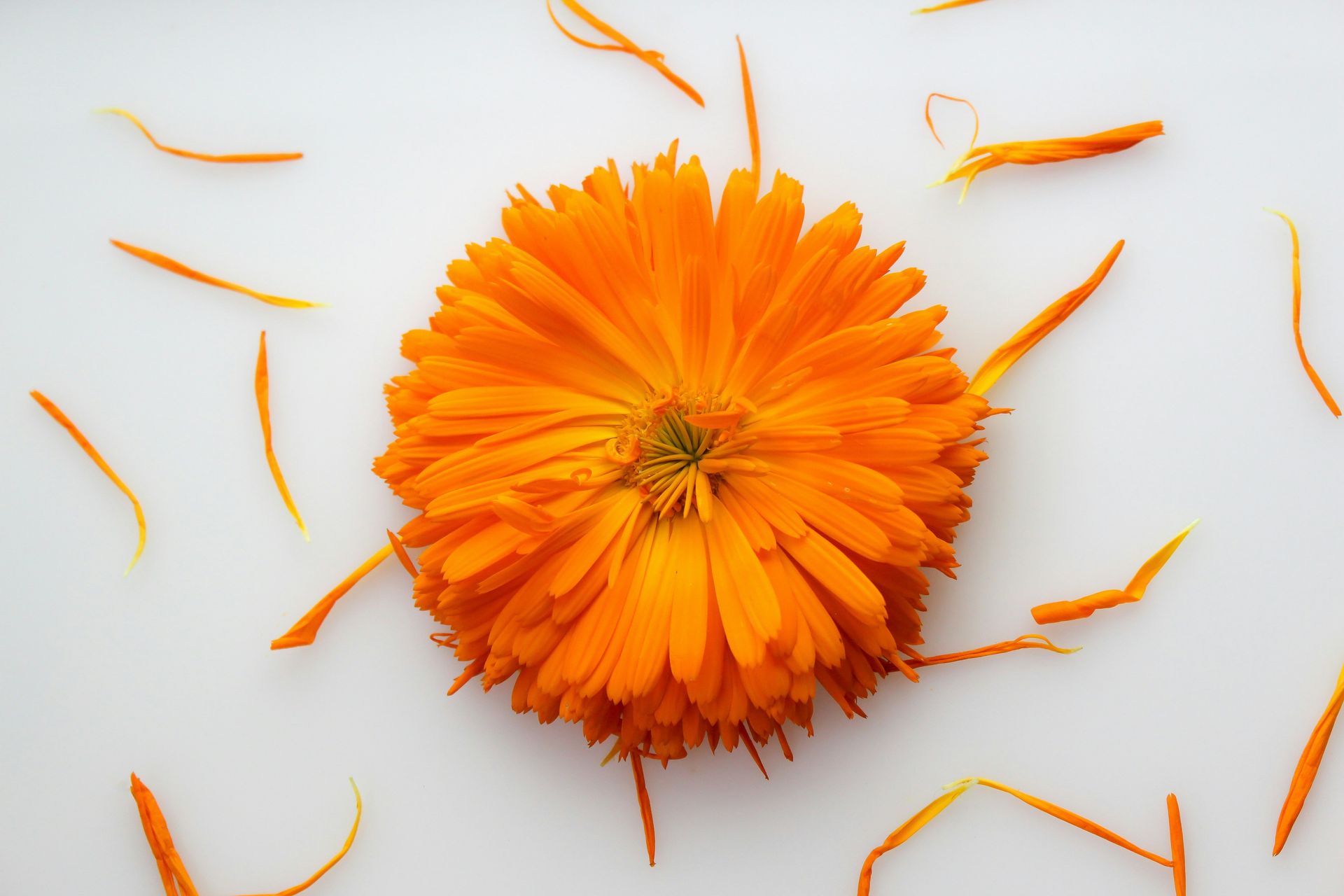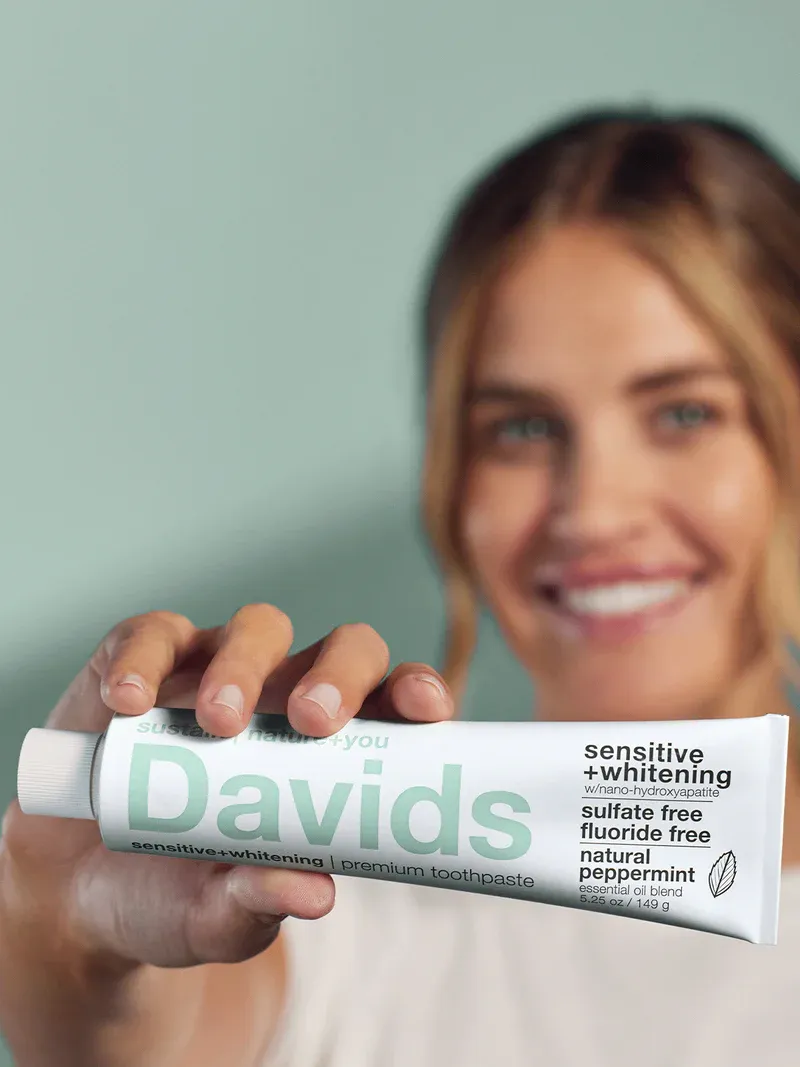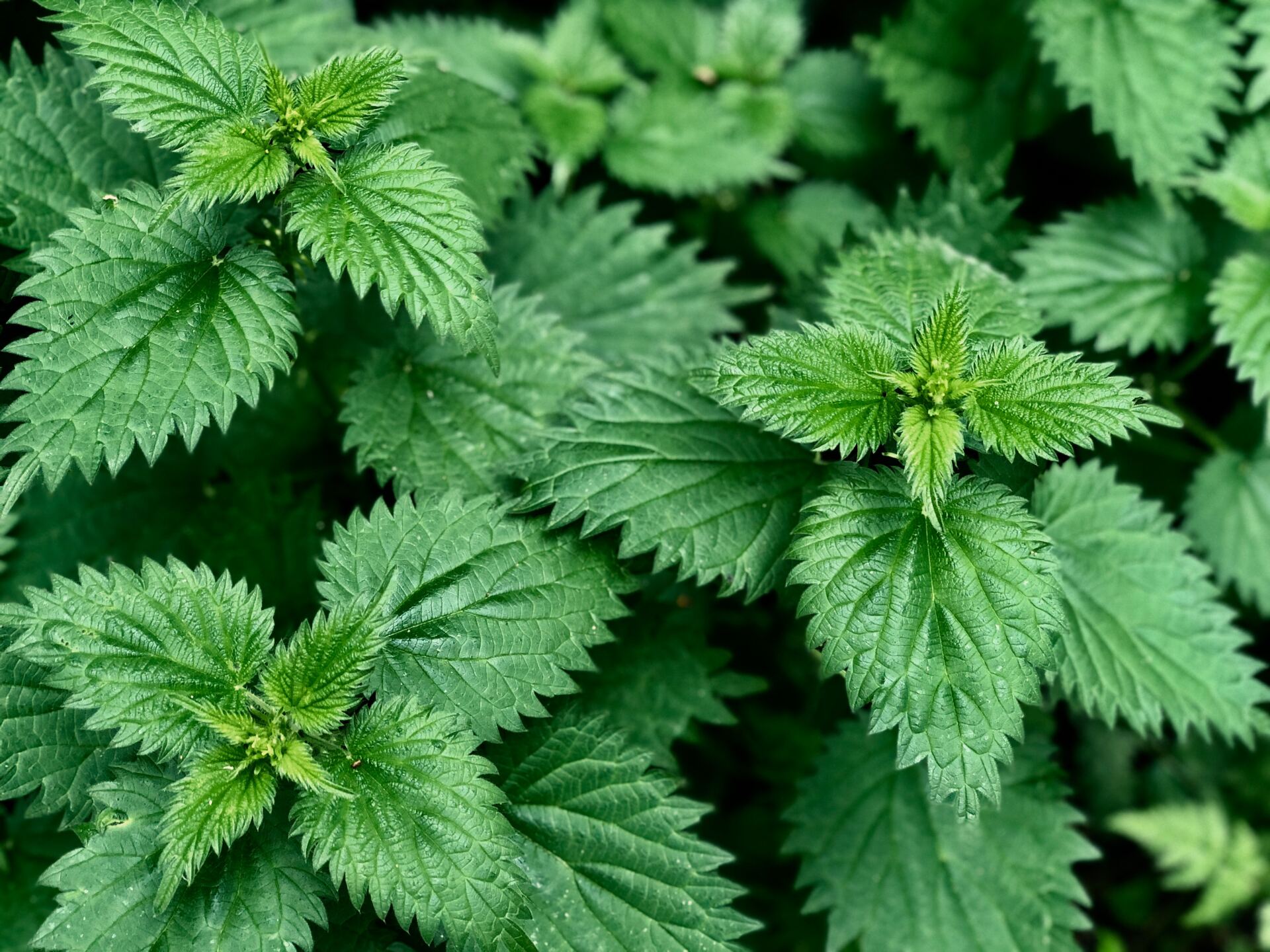








At some point in our search for answers about our ailments, we’ve all heard the words “it must be in your head.” Well that might be true!
The Facts
We can survive 3 weeks without food, 3 days without water and 3 minutes without oxygen. The CDC reports that 22 million Americans suffer from some form of sleep apnea (breathing stops during sleep), potentially causing airway collapse and starving the brain of oxygen1. Our body responds by repeatedly waking us up to breathe, depriving us of our recommended 7 hours of sleep2. The CDC lists sleep as 1 of 5 necessary health behaviors to prevent chronic disease.
Effects in Men, Women and Children Snoring can be a sign of sleep apnea. While we might associate snoring with men, studies show this may be due to under-reporting by women4. Women might more readily report other symptoms such as jaw joint pain, day sleepiness, and migraines to name few. The “cute” snore of a child sleeping might actually be sounding the alarm to an underlying condition, as sleep apnea also affects 1-4% of children, particularly among 2-8 year olds1. For a child, this can manifest as nightmares, swollen tonsils/adenoids, bed wetting, mouth breathing, chronic allergies, behavioral problems, teeth grinding and more.
Specific to Dentistry
In 98% of patients with OSAS (obstructive sleep associated syndrome) the condition is due to abnormal anatomical features of the soft tissues or the structures of the upper and lower jaw that compromise the airway3. In other words, underdevelopment in the upper or lower jaw can disrupt normal breathing. This is seen in dentistry as swollen tonsils, crowded teeth, overbite (deep bite), overjet (bucked teeth), tongue and lip tie, no space for the tongue, bruxism and even a narrow air passage.
Available Treatment
Available options have their pros and cons. One can surgically advance the jaw forward and/or open the airway passage to create needed breathing space. CPAP is considered the gold standard, however, patients can be intolerant or non-compliant. Mandibular Advancement Devices (MADs) are an alternative option to CPAP, which functions by holding the lower jaw forward — preventing airway collapse by creating more room in a space-deficient mouth. After years of use, MADs can produce occlusion (bite) issues. CPAP and MADs have to be worn every night and may become less effective with time. Orthodontic palatal expansion may help to create a wider space; however, it is typically done rapidly with healing of the bone suture as scar tissue that has the potential for relapse. Often patients with underdeveloped jaws have multiple teeth extracted for orthodontic purposes; however, this usually does not address the restricted airspace.
Pneumopedics®
Pneumopedics® use a biomimetic (mimics the body’s normal growth patterns) oral appliance to non-surgically remodel the airway space in adults and children. Pneumopedics® inventor Dr. David Singh (DDSc PhD DMD) says “This procedure relies on an epigenetic response, which means you harness a patient’s own genetic potential for correction.” He goes on to say that the facial bone and upper airway volume increases, improving facial appearance and tooth alignment “but most importantly, we have found an elimination of the signs and symptoms of OSA (obstructive sleep apnea).”
We’ve all had someone tell us an ailment was “just in your head.” However, we know that restricted breathing can affect the wellbeing of the entire body. For these patients, Pneumopedics® offers the potential for an effective non-surgical and drug-free solution to better sleep and breathing. To learn more, please call us to attend one of our free online or in-person informational presentations.
Disclaimer: This article is intended for informational purposes only. See your medical physician for diagnosis and treatment of all illness.
Carla Yamashiro is a biological dentist and naturopathic physician practicing holistic dentistry at Ecologic Dentistry, the natural choice. To reserve your appointment or make an inquiry, please call 253.863.7005. Visit us at ecologicdentistry.com
References
1. American Sleep Apnea Association. (2020). Sleep Apnea Information for Clinicians. Retrieved April 2, 2020, from https://www.sleepapnea.org/learn/sleep-apneainformation-
clinicians/
2. CDC. (2018, February 22). Sleep and Sleep Disorders. Retrieved April 2, 2020, from https://www.cdc.gov/sleep
3. Hickey, A. (2016, July 15). Beyond Oral Appliances – The Future of Sleep Medicine? Retrieved April 2, 2020, from https://asba.net/beyond-oral-appliances-the-future-ofsleep-
medicine/
4. Wimms, A., Woehrle, H., Ketheeswaran, S., Ramanan, D., & Armitstead, J. (2016). Obstructive Sleep Apnea in Women: Specific Issues and Interventions. Retrieved April 2, 2020, from https://www.ncbi.nlm.nih.gov/pmc/articles/
PMC5028797/









Please give us a call for today’s deli hours as they can vary due to staffing.
Grab and go options are always available until close.
FEDERAL WAY
Monday-Saturday: 8 am - 8 pm
Sunday: 9 am - 7 pm
Please call for current deli counter service hours. Grab and go options available until closing.
2565 S. Gateway Center Place
Federal Way, WA 98003
TACOMA
Monday-Saturday: 8 am - 8 pm
Sunday: 9 am - 7 pm
Please call for current deli counter service hours. Grab and go options available until closing.
2951 S. 38th Street
Tacoma, WA 98409